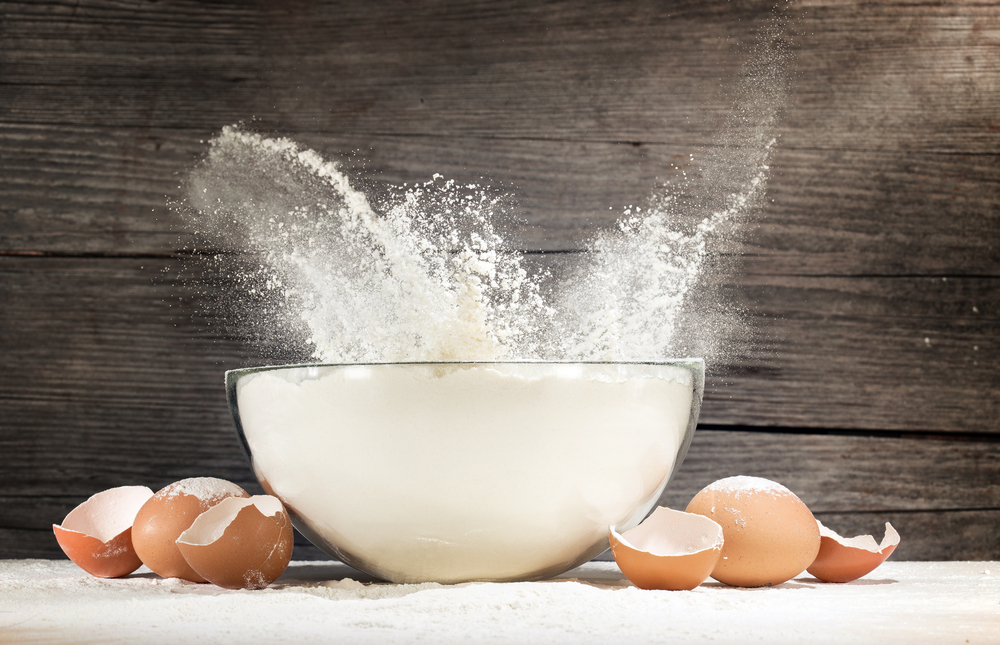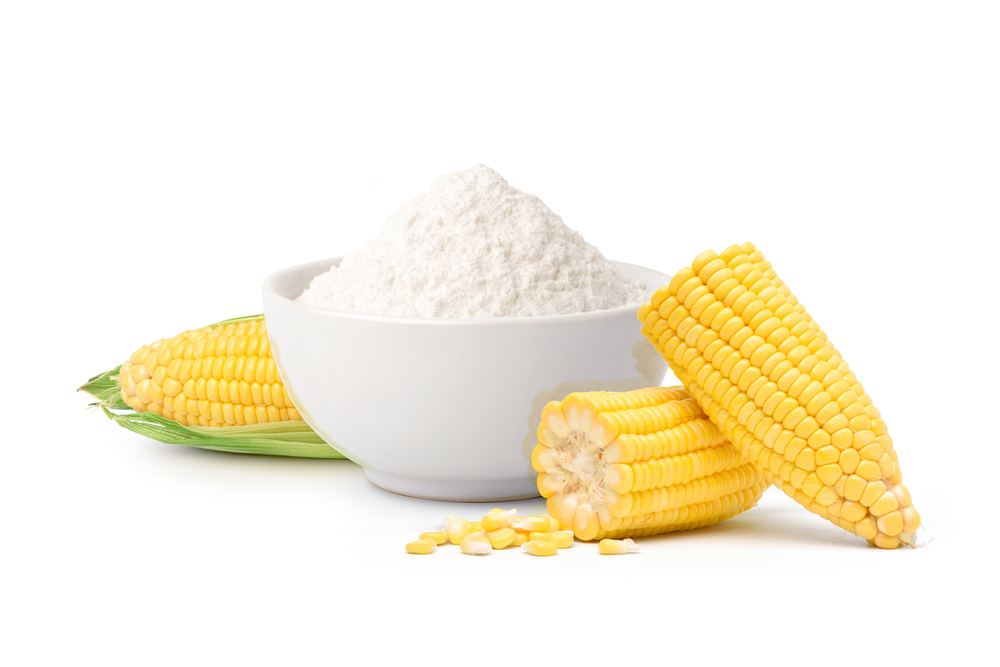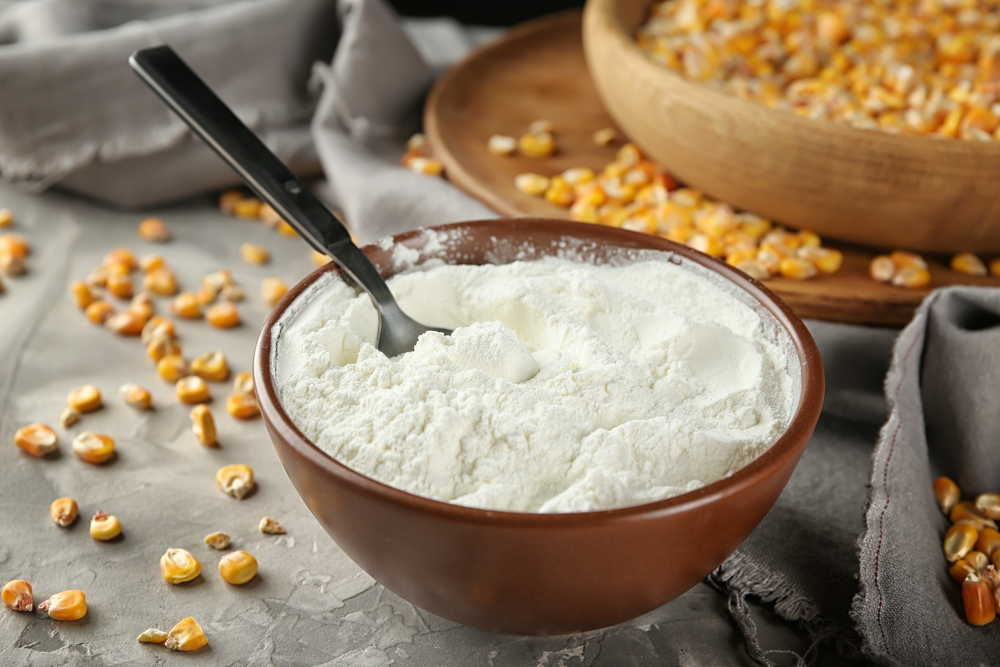Mochi is a rice cake from Japan which is made from Mochigome, which is rice, as well as water, sugar, and cornstarch. You simply mix all the ingredients together and then push everything into the shape you want.
Often, most people use rice flour to make their Mochi, but what if you don’t have rice flour? Maybe you don’t like the way it tastes or are unable to go to the grocery store, but if you don’t have any rice flour, you can still make Mochii! Here’s how to do it!
Can You Make Mochi Without Rice Flour? Answer Explained
Rice flour is one thing that can be used to make Mochi, but you can easily use any type of flour to make the Mochi yourself. The flour is mixed with water and then cooked until it becomes a white mass, and while rice flour is indeed used to make authentic mochi in Japan, you can make it without rice flour and it will work the same. Either by making it with different types of flour or with glutinous rice.
It might taste a little different, but Mochi is often customized from the basic ingredients to be more flavorful, so feel free to add whatever you like and the taste should even out. In fact, once you learn how to make a basic mochi, then there is no reason not to experiment with different flavors!
Why Do People Eat Mochi?
If you are in Japan, Mochi itself is actually a New Years Cultural tradition, and in fact the tradition of pounding the rice to make the mochi is called mochitsuki.
Back in the Heian period of Japan, it was eaten with the hope that the dish would make your teeth and bones stronger for the New Year. It was also eaten for good fortune in the coming year as well.
In fact, the process of mochitsuki takes all day if a family is using the traditional methods. The rice is steamed in large baskets and then placed in a large mortar where one person strikes the rice with a mallet, and the other turns the rice on each swing to pound it together.

Once the rice is pounded, then they place the mochi on a table with rice flour and form hot pieces into buns which are then eaten when cooled.
There are several different varieties of mochi that can be made and eaten.
For example, there is Daifuku mochi, which is a traditional mochi dough that is stuffed with red bean paste, and Kusamochi which is made with sticky rice and yomogi, which is the Japanese mugwort plant. Each one of the mochi variations have different flavors and meanings, and they are often served for different holidays.
In Japan, cooking mochi is an event that takes all day, where friends and family celebrate the creation and have a big festival complete with music and New Year’s games.
In the rest of the world, Mochi is delicious and often favored for its health benefits and versatility. You can even get Mochi ice cream to try, and it is very delicious.
Can You Make Mochi Without Rice Flour?
Yes you can! You can use rice flour to make your Mochi, but if you don’t have any you can make it with glutinous rice flour instead. There are plenty of recipes that will tell you that rice flour is the option to use, but glutinous rice flour might be better, and if you have none of that, there are plenty of other types listened down below!
What’s the Difference Between Glutinous Rice and Rice Flour?
For starters glutinous flour is not made from gluten, but the ‘glutinous’ comes from the sticky and gluey feel of the flour whenever it is cooked. But the glutinous flour is in fact gluten free. It is made from long grain or short grain sweet white rice and the grains are typically white.
The main benefit of the glutinous rice flour is that it is very sticky whenever it is heated and gives food a chewy texture when eaten.
Rice flour is made from the rice grains that most people typically eat, and they are ground from long grain or medium grain white rice.
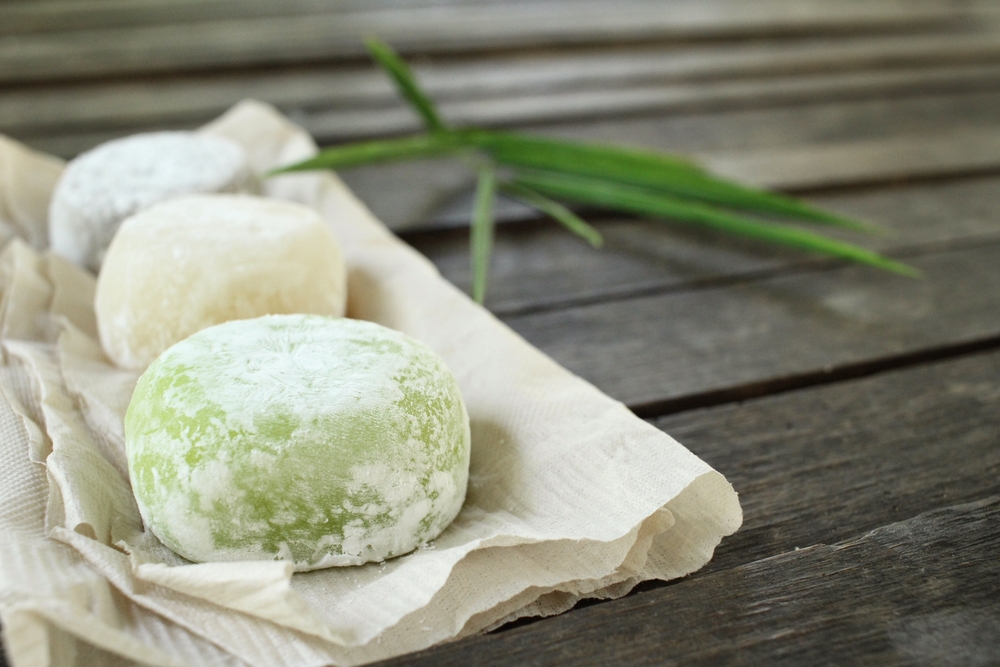
The grains are mostly opaque, and rice flour can be substituted for gluten flour whenever you are cooking and baking, though you will need to add other ingredients due to the lack of gluten in the flour. However, rice flour yields a cake-like consistency when baked or used in foods, and it is very close to wheat flour.
If you want a traditional mochi that isn’t cake-like and doughy, but rather sticky and chewy, you will be better off using glutinous rice flour. These two types of flour are not the same, and will change the taste and texture of your dish. If you want to eat Mochi the traditional way and get the traditional taste, glutinous flour is the way to go.
How to Make Mochi Without Using Rice Flour?
Thankfully, if you don’t use rice flour, not a lot changes whenever you examine the recipe, so here’s what you need to know!
Ingredients
- ¾ cups Glutinous rice flour
- ¾ cup water
- ¼ cup sugar to help the mochi stay soft
- ½ cup potato starch or cornstarch
Steps
- Gather the ingredients and a large bowl
- Combine the glutinous rice flour and the sugar into the bowl and mix it all together.
- Add the water and mix until it is well combined
Note: Here’s where things change a bit, depending on your method of making the mochi.
- For using a microwave: cover the bowl with plastic wrap, heat on high for 1 minute, then stir it with a wet rubber spatula. Then place it back in the microwave with the cover on and cook for one more minute. Again stir, cover, and then cook for 30 seconds. The color of the mochi will change from white to translucent.
- For using a steamer: Wrap the steamer lid in a towel and put the bowl in the steamer. Then cover to cook for 15 minutes. Halfway through the cook, stir it with a wet rubber spatula, and then cover to finish. The color of the mochi will change from white to translucent.

- Cover your workspace with parchment paper and the potato/corn starch, and then pour the hot mochi on top. Once it cools a bit, spread the mochi into a thin layer with your hands or a rolling pin, applying more starch as needed to your hands or the rolling pin.
- Once the mochi is spread in an even layer (about 3/16 inch or 4-5 mm) then transfer the mochi and parchment paper onto a large baking sheet. Refrigerate for 15 minutes (no more) until it has set.
- Take the mochi out and cut into any shapes you desire, and then start eating!
It’s a much easier mochi recipe without rice flour than trying to pound out the mochi yourself right?!
What Other Alternatives Can I Use If I Don’t Have Rice Flour For Making Mochis?
If you don’t have any glutinous rice flour and want to know how to make mochi without rice flour, then you’ve got a lot of alternatives to look at! Mochi is such a basic recipe that it won’t take too much to find an alternative, so take a look at these alternatives!
For the most part, you can pick most flour alternatives, and you won’t need to worry about it.
For example, if you really like the taste of the rice flour in your mochi, then you can use tapioca flour to get a similar taste. Tapioca flour is the best substitute for sweet rice flour because it can be substituted 1 for 1 and it will be perfect and taste the exact same.
Just keep in mind that tapioca flour is 100% flavorless, so you won’t get that slight sweetness of tapioca starch. If you really want that slight kick of sweetness, then you can add in a small bit of sugar.
Potato starch can also be added, and it is often added for texture. However, while it can substitute for rice flour, you do need to add some extra sweeter.
Finally, Almond flour is a very good option because it is also gluten free and low in carbs as well, which makes it popular for those who want to be healthier while still eating the same baked goods and recipes. It also has more vitamins, minerals, and proteins, so it can be fantastic for your mochi.
You will get a slightly nutty flavor of almond, but the biggest change is going to be the lack of binding. Almond flour isn’t as sticky as rice flour or glutinous rice flour, so you will need to add in other ingredients to compensate for the binding problems.
Without the gluten to act as a binding agent, you can use egg whites, whole eggs (if you don’t mind some eggy flavor from the yolks), and xanthan gum or guar gum.
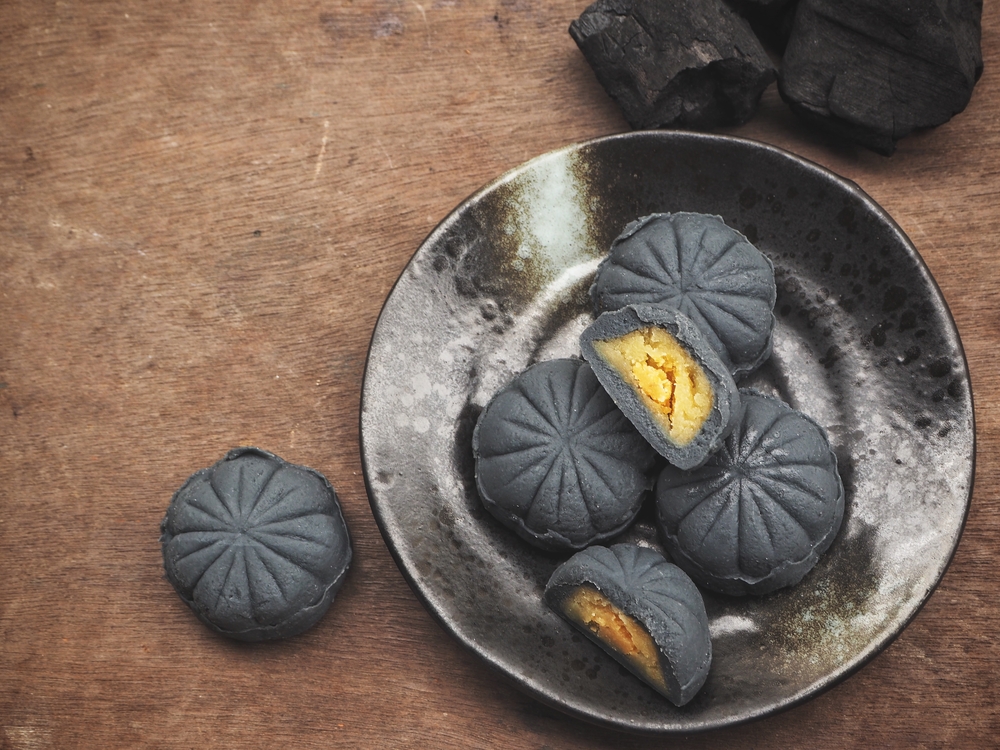
All of these will help add some structure to your mochi and will allow you to make perfect treats even without rice flour or glutinous rice flour, just make sure to follow the directions and research how to use your chosen substitute.
Are Mochis Worth Eating?
Yes! And hopefully by the recipe that you have seen, they are extremely easy to make with our modern tools and equipment as well!
Additionally, mochis can be stuffed with everything from strawberries to red bean paste! There are mochis stuffed with mashed sweet potato, ice cream, nuts, cookie dough, and even a cheesecake!
They are very fun to make and soaked in a rich cultural tradition, and whether you are Japanese or not, or it is New Year’s or not, then you need to make and try some mochi!
Plus, now you don’t need to let something like a lack of rice flour stop you from doing so! Make them with whatever you want and however you want, and soon you won’t be able to stop eating them!
To End
Hopefully now you know that mochi isn’t something that you need to be afraid of or worry about cooking! Instead you can simply make it whenever you want and you can use whatever flour you have on hand.
Of course, if you don’t have rice flour to make your mochi, then glutinous flour is your next best bet. It is sticky, gives the same texture as traditional mochi without making it all cakey, and it allows you to have the same sticky mochi that makes every single New Year’s in Japan so amazing for the families that make the mochi.


